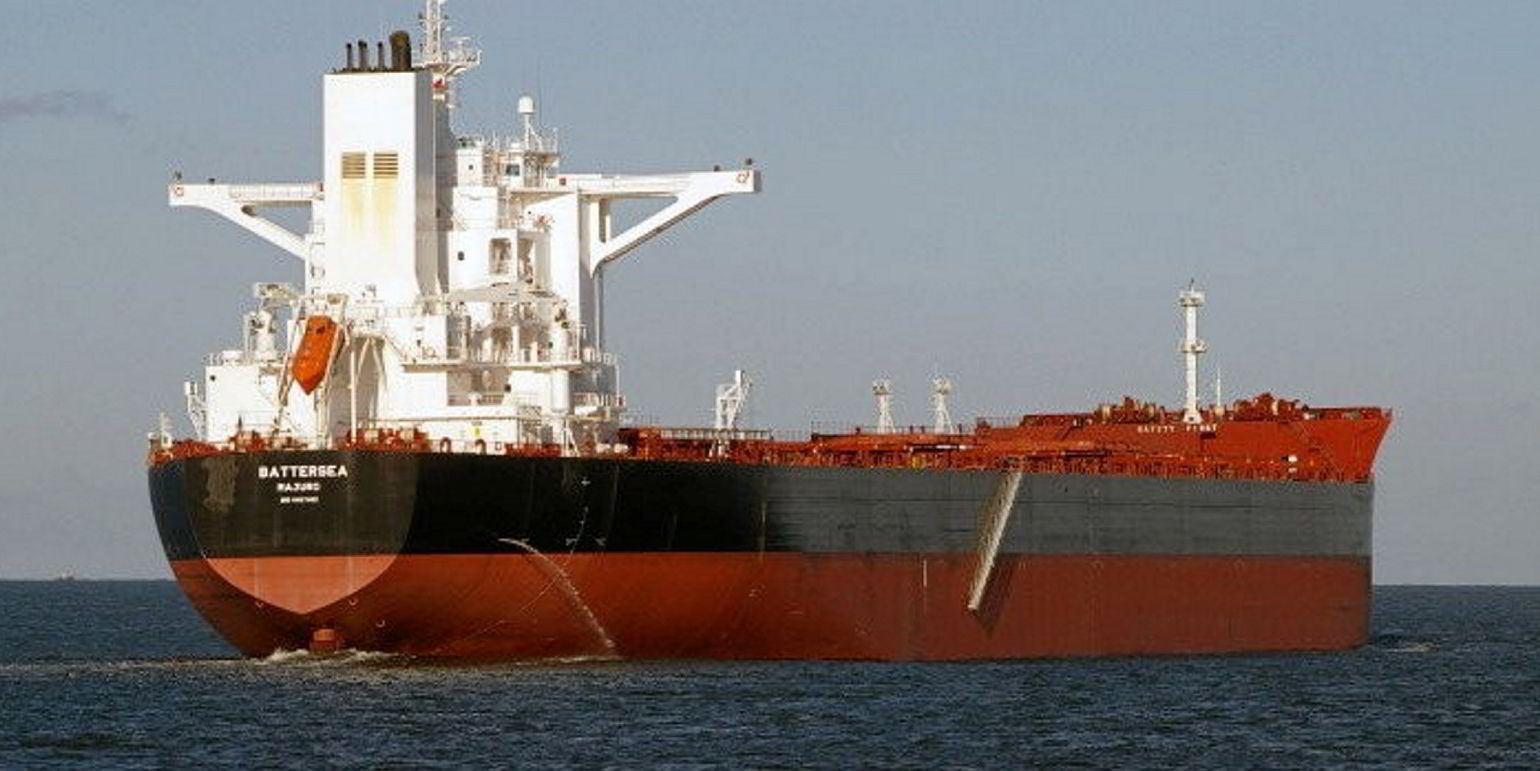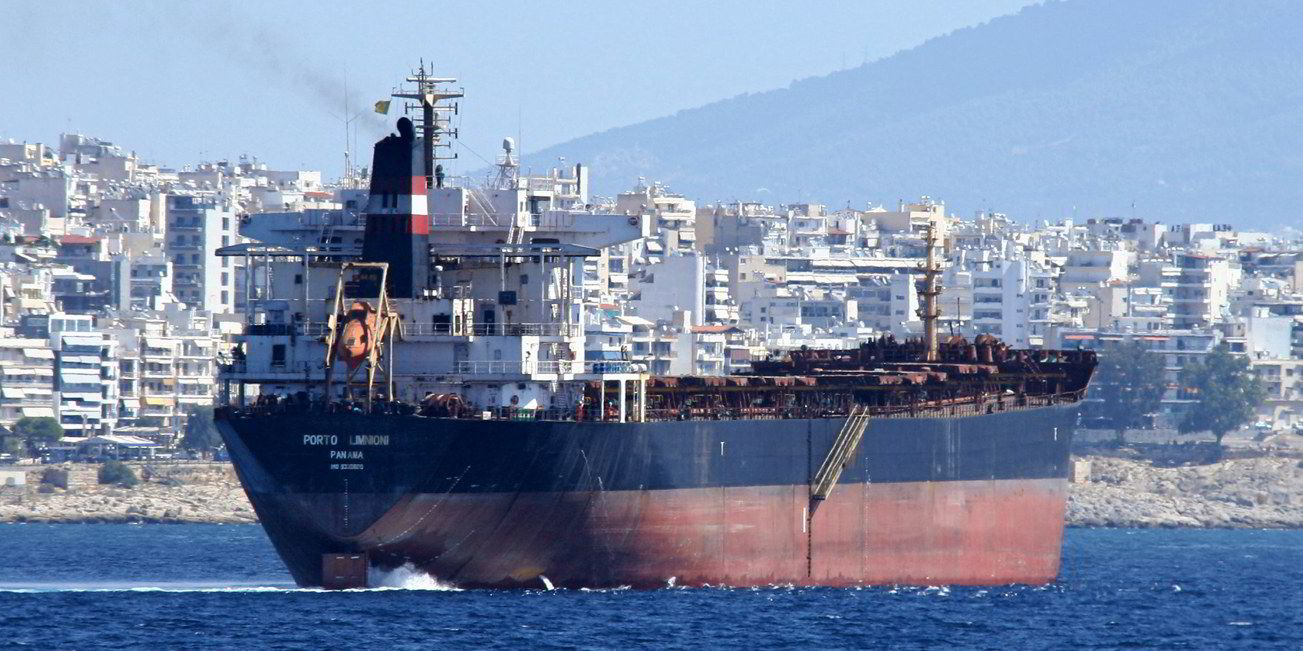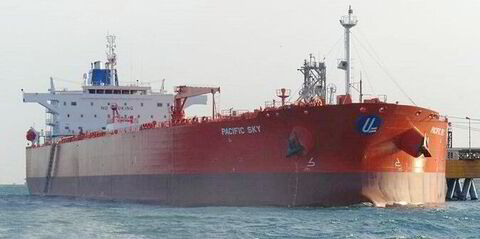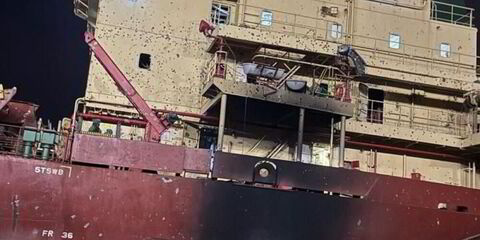Spot rates for capesize bulkers receded on Thursday as prices for iron ore and steel fell in the face of weakening demand.
The Baltic Exchange’s Capesize 5TC of spot-rate averages across five key routes slid 4.5% to $17,505 per day, marking the lowest level in a week.
Clarksons Securities pointed to reports that iron ore prices have fallen to below $90 per tonne, bringing them to their lowest level this year, and steel prices have slipped as Beijing’s Covid-19 situation worsened.
The falling prices have prompted the World Steel Association to expect a 2.3% decline in global steel demand for 2022.
As capesizes led the Baltic Dry Index into a one-day drop of 34 points to 1,837, bulker shares also slid, with the Breakwave Dry Bulk Shipping ETF falling 2.8% to $8.70 in afternoon trading in New York.
Clarksons said it still expects dry bulk equities to remain firm as long as average capesize spot rates stay at or above $15,000 per day.
“Regardless of the doom and gloom, we urge investors to keep the most important question in mind: What is priced into stocks?” analyst Frode Morkedal wrote in a note on Thursday.
“This is, in our perspective, a low bar to beat. With little to no effective fleet growth predicted next year, there will be very little demand growth required to drive rates up.”
Amid the day’s fixtures, Australian miner Rio Tinto chartered two unnamed capesizes on Wednesday to carry 170,000 tonnes of iron ore each at $9.10 and $9.15 per tonne after they get loaded from 2 to 6 November.
That is lower than the $9.35 per tonne price that the iron ore giant paid to hire an unnamed capesize on Tuesday on the same route, with loading from from 1 to 3 November.
Capesize spot rates may also get a boost as a result of higher tonne-mile demand as Russia redirects discounted coal to India since the European Union placed sanctions on Russian coal imports on 10 August, Bimco shipping analyst Filipe Gouveia said.
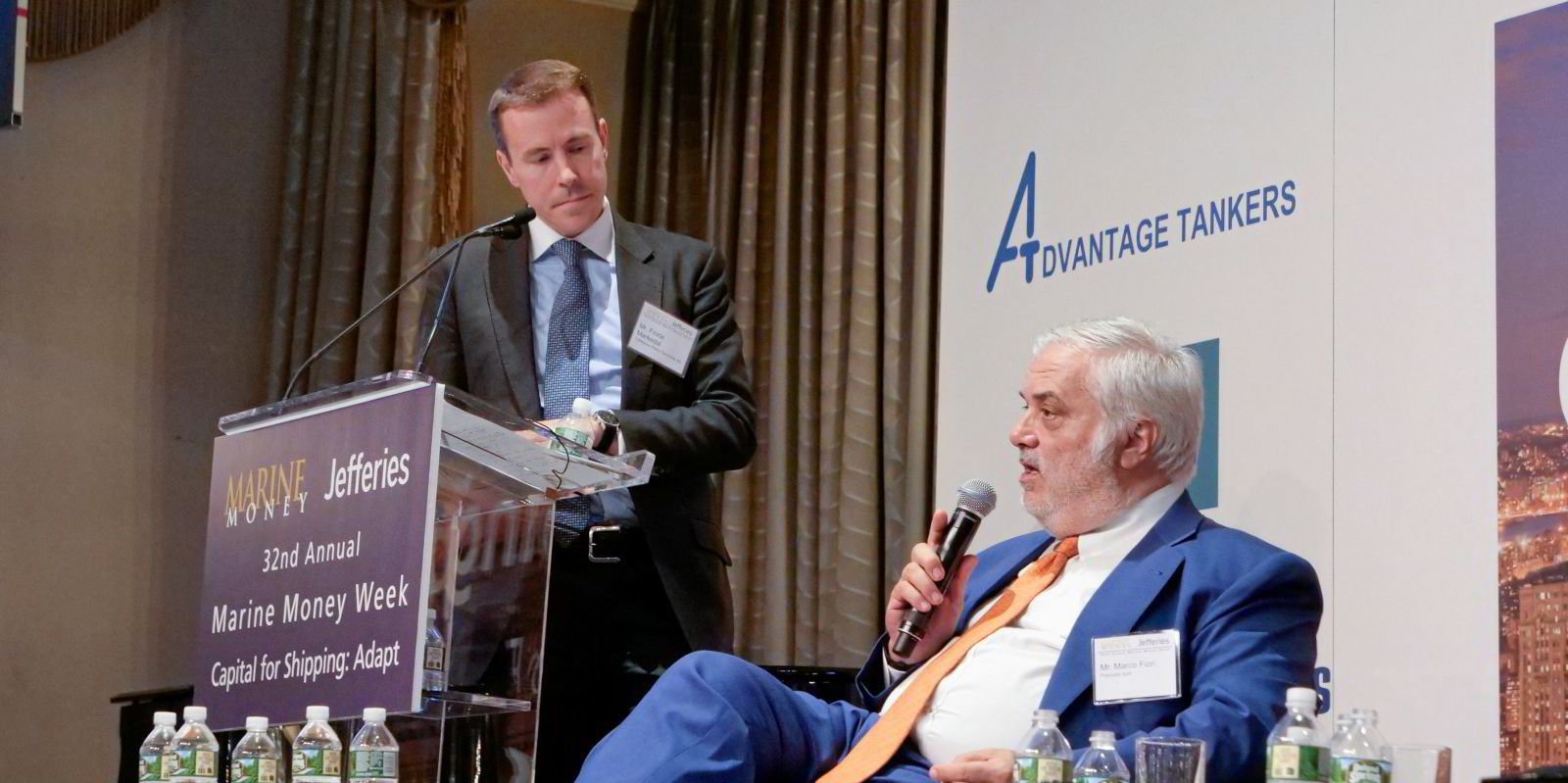
“So far, capesizes have seen the biggest increase in tonne-miles following the ban, largely due to India’s increased interest in discounted Russian coal,” he wrote in a note on Thursday.
Gouveia said India’s government mandated higher coal imports over the summer as the country faced a surge in energy demand and low coal inventories.
“This resulted in a boost to tonne-miles as capesizes laden with Russian coal from European ports sailed around Africa,” he said.
This heightened demand from India caused tonne-mile demand to grow by almost 30% in the last 10 weeks because India is about twice the seagoing distance from Russia at more than 2,000 km, Gouveia said.
“As import demand from India normalises, it is unclear whether the country will continue to buy Russian coal shipped from primarily Black Sea, Baltic and Arctic ports.”
He noted that China has been the largest buyer of Russian coal this year, and that China gets 23% of its coal from Russia.(Copyright)
